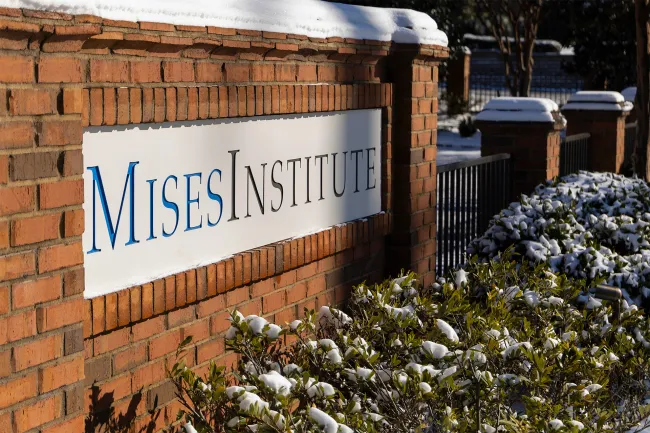With Central Bank Digital Currency (CBDC) banned by executive order, the Fed may have more incentive to explore alternatives in the cryptocurrency market. This week, Fed Governor Christopher J. Waller gave a speech titled: Reflections on a Maturing Stablecoin Market, sharing his thoughts on the potential role of the Federal Reserve in the private stablecoin market.
According to the Governor:
For the purposes of this speech, I define stablecoins as a type of digital asset designed to maintain a stable value relative to a national currency and backed at least one-to-one with safe and liquid assets.
Notice, he did not say one-to-one peg with the US dollar.
Specifically, a pool of assets is held in reserve so that stablecoins can be redeemed for traditional currency in a timely fashion.
This sounds similar to fractional reserve banking, whereby a “run” on the market becomes possible if enough people want to withdraw their money at the same time. To better understand, let’s look at Tether, the world’s largest stablecoin, which currently has a market capitalization of approximately $140 billion. According to Tether’s website:
All Tether tokens are pegged at 1-to-1 with a matching fiat currency and are backed 100% by Tether’s Reserves.
Per their December 31, 2024 audited financial statement, Tether reported approximately $137 billion in liabilities. If every Tether holder requested redemption in US dollars, Tether would need to come up with $137 billion (in cash). The financials also listed assets of $143 billion; which again, feels very much like fractional reserve banking.
Page 4 of their financial report shows the make-up of assets:

If Tether could instantly liquidate all its assets, there would be no problem. But the real world doesn’t work like that. Some assets take time to sell. Others, like the $8.2 billion in secured loans and the $3.9 billion in other investments, would not be easily converted into cash. In the case of assets like Bitcoin, its value might drop dramatically if it became known that Tether was trying to liquidate.
The question is: What could cause a crash in the stablecoin market?
We can speculate, but the future is uncertain. However, this month had a few developments, such as a draft bill specifying permissible stablecoin reserve assets that excludes Bitcoin. According to CoinTelegraph, this prompted a JP Morgan analyst to suggest Tether might be forced to liquidate its Bitcoin holdings, which could trigger a market crash.
That’s just one scenario. What’s important to watch is how the Fed is becoming more interested in this space, more so the potential for legislation, and a President who appears keen on maintaining a strong dollar and fin-tech dominance.
Increased government and/or Federal Reserve involvement would lead to market interference; not to mention the inner workings of Tether are no more transparent than that of the Fed.
Even worse, if the Fed ends up regulating the stablecoin market, they’ll also be responsible for bailing out the stablecoin market. This already happened in March 2023 when the Bank Term Funding Program was created, reaching its peak of $160 billion in March 2024, as a relatively small bank/stablecoin bailout. As of last week, the program’s balance has decreased significantly, down to just $195 million.


